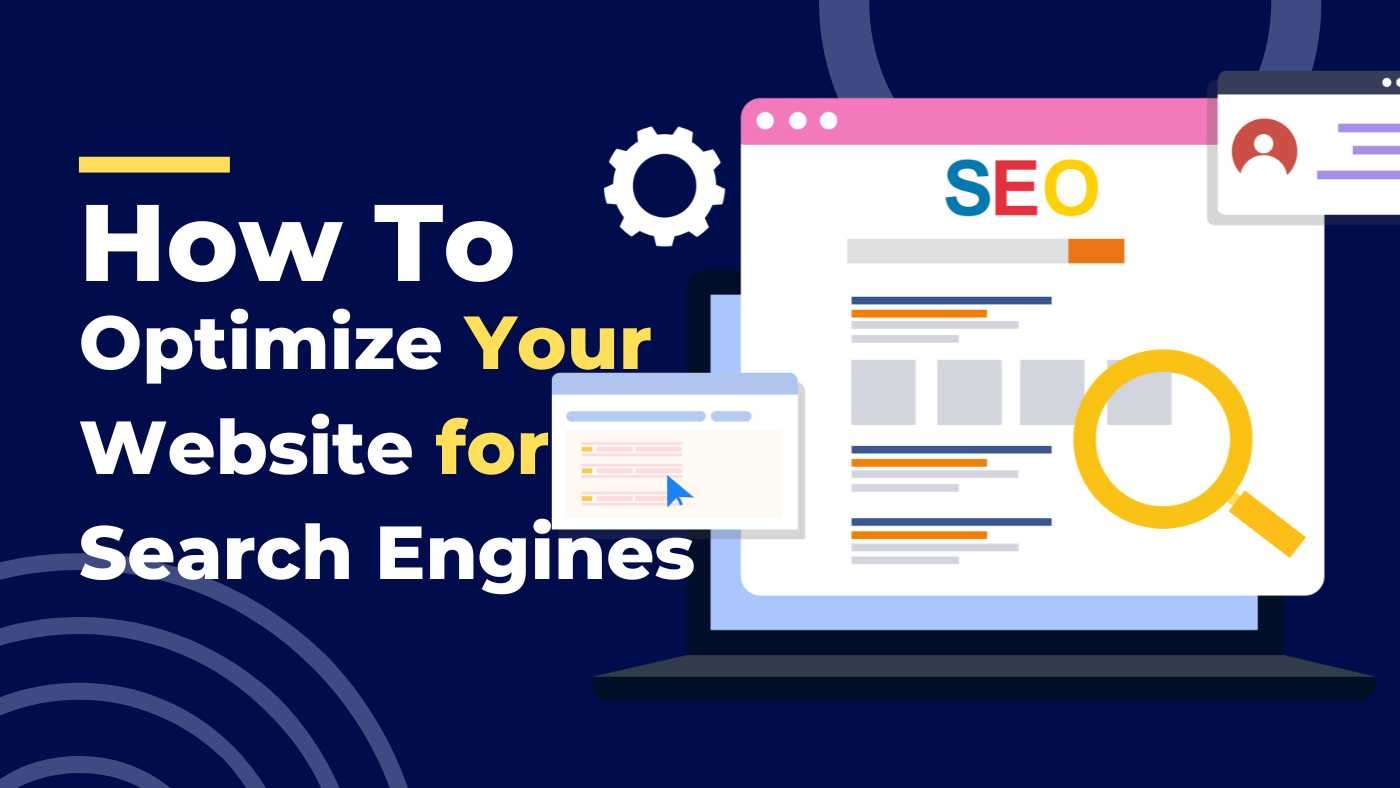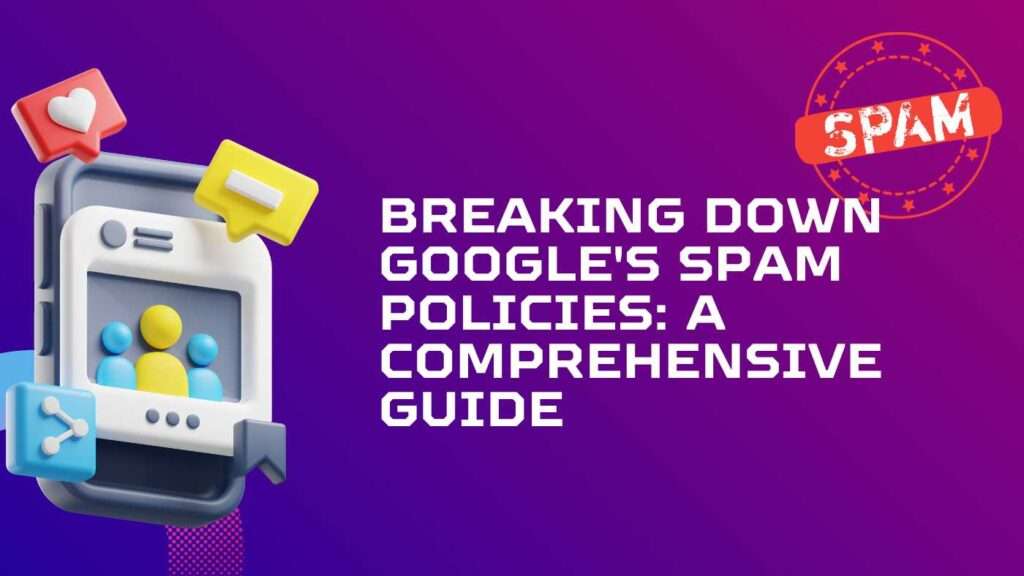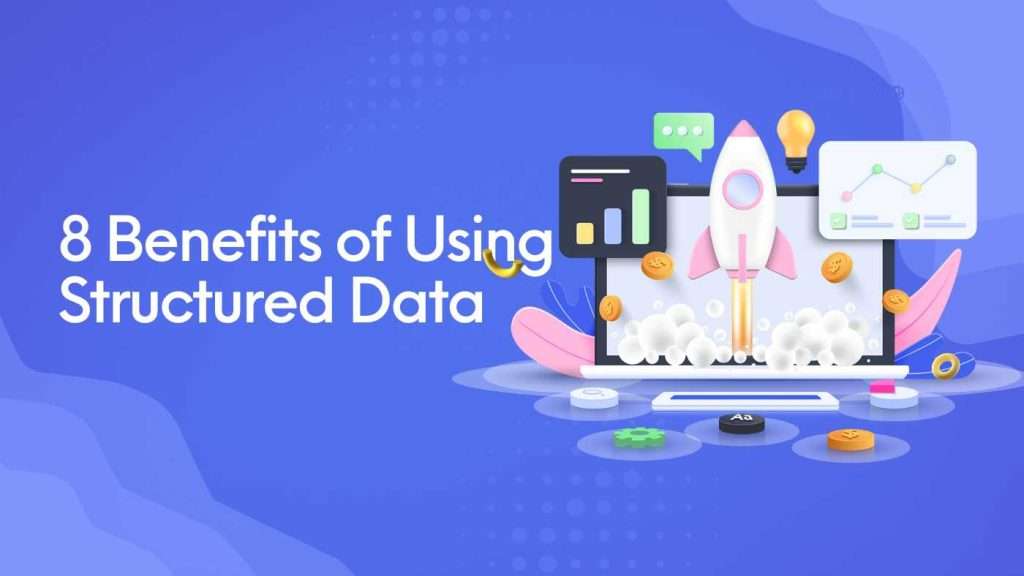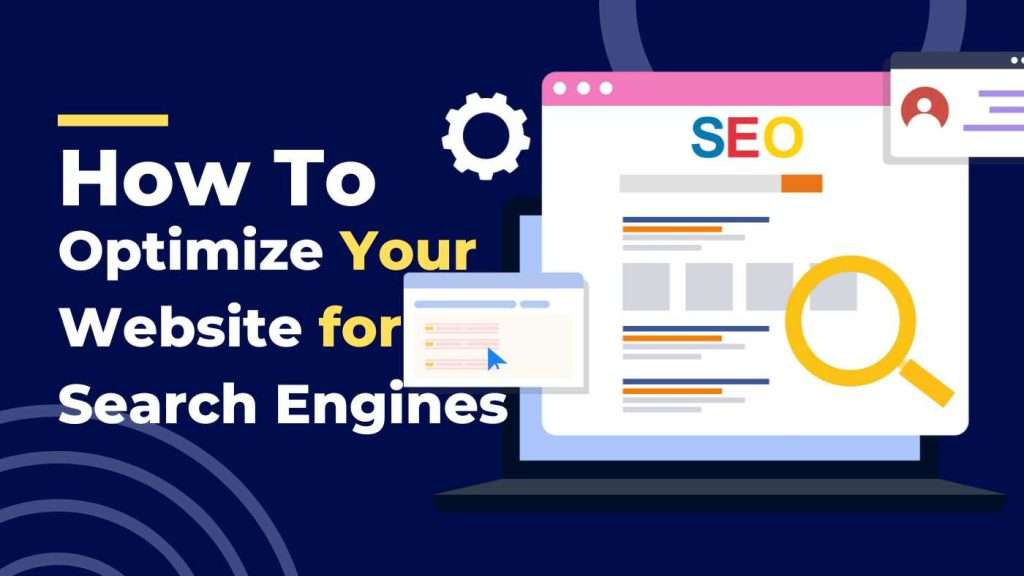Having a strong online presence is essential for any business. And the key to achieving that lies in optimizing your website for search engines. But with algorithms constantly changing and competition heating up, it’s crucial to stay ahead of the game. In this article, we’ll explore effective strategies to optimize your website and boost your rankings on search engines.
The Importance of Website Optimization for Search Engines
Website optimization is the process of making your website more attractive and user-friendly to search engines. It involves various techniques and strategies that aim to improve your website’s visibility in search engine result pages (SERPs). With the majority of online experiences beginning with a search engine query, having a high-ranking website can significantly impact your online success.
Search engines like Google use complex algorithms to determine the relevance and quality of websites. By optimizing your website, you increase your chances of appearing higher in search results, driving more organic traffic to your site. This, in turn, can lead to increased visibility, brand awareness, and ultimately, more conversions.
Understanding Search Engine Algorithms
To optimize your website effectively, it’s important to have a basic understanding of how search engine algorithms work. While the exact algorithms and ranking factors used by search engines are closely guarded secrets, there are certain key principles that can guide your optimization efforts.
Search engines aim to provide the most relevant and valuable results to users. They consider factors like keyword relevance, website authority, user experience, and quality content when determining rankings. By aligning your website with these principles, you can improve your chances of ranking higher in search results.
Keyword Research and Selection
One of the fundamental aspects of website optimization is keyword research and selection. Keywords are the words and phrases that users type into search engines when looking for information or solutions. By identifying and targeting the right keywords, you can optimize your website to attract the right audience.
Effective keyword research involves finding keywords that have high search volume and low competition. There are various tools available that can help you identify relevant keywords for your industry or niche. Once you have a list of potential keywords, you can strategically incorporate them into your website’s content, meta tags, headings, and URLs.
It’s important to note that keyword stuffing, or overusing keywords, can have a negative impact on your website’s rankings. Search engines are becoming increasingly sophisticated in detecting keyword manipulation, so it’s best to focus on creating high-quality, relevant content that naturally incorporates your target keywords.
On-Page Optimization Techniques
On-page optimization refers to the practices you can implement directly on your website to improve its visibility and relevance to search engines. These techniques include optimizing your website’s meta tags, headings, URLs, and internal linking structure.
Meta tags, such as the meta title and meta description, provide search engines with information about your website’s content. By including relevant keywords in these tags, you can improve your website’s visibility in search results.
Headings, such as H1, H2, and H3 tags, help search engines understand the structure and hierarchy of your content. Including keywords in your headings can further enhance your website’s relevance to search queries.
URL optimization involves creating descriptive and keyword-rich URLs that accurately reflect the content of your web pages. This not only makes it easier for search engines to understand your website’s structure but also improves the user experience.
Internal linking, or linking between pages within your website, helps search engines navigate and index your content. It also improves the user experience by providing additional relevant information and improving website navigation.
Optimizing Website Content
High-quality content is a crucial component of website optimization. Search engines prioritize websites that provide valuable and relevant content to users. By creating informative, engaging, and well-structured content, you can improve your website’s visibility and user experience.
When creating content, it’s important to consider both search engine optimization and user experience. Incorporate your target keywords naturally and strategically throughout your content, ensuring that it flows smoothly and provides value to the reader.
In addition to keywords, search engines also consider factors like content length, readability, and engagement. Aim for longer, comprehensive articles that thoroughly cover a topic. Break up your content with headings, bullet points, and images to improve readability. Encourage user engagement by including social sharing buttons and allowing comments on your blog posts.
Technical SEO and Website Structure
Technical SEO refers to the optimization of your website’s technical aspects to improve its visibility and performance in search engines. It involves optimizing elements like website speed, mobile-friendliness, crawlability, and indexability.
Website speed is a critical factor in search engine rankings. Slow-loading websites not only frustrate users but also receive lower rankings. Optimize your website’s speed by compressing images, minifying code, and utilizing caching techniques.
With the majority of internet users accessing websites through mobile devices, mobile optimization is essential. Ensure that your website is responsive and provides a seamless user experience across different devices and screen sizes.
Crawlability and indexability are crucial for search engines to discover and understand your website’s content. Ensure that your website’s pages are easily accessible by search engine bots and that your sitemap is up to date.
Mobile Optimization and Responsive Design
In today’s mobile-dominated world, having a mobile-optimized website is no longer optional. With more people accessing the internet through smartphones and tablets, search engines prioritize mobile-friendly websites in their rankings.
Responsive design is a popular approach to mobile optimization. It involves designing your website in a way that automatically adjusts its layout and content based on the user’s device. This ensures a consistent and user-friendly experience across all devices.
Mobile optimization also involves optimizing website speed, reducing page load times, and optimizing images for mobile devices. By providing a seamless mobile experience, you can improve your website’s rankings and attract more organic traffic.
Read More: How to Implement Structured Data on Your Website
Link Building and Off-Page Optimization
Link building is an essential off-page optimization technique that involves acquiring high-quality backlinks from other websites. Backlinks serve as a vote of confidence from other websites, indicating that your website is reputable and trustworthy.
Search engines consider the quality and relevance of backlinks when determining rankings. Aim for backlinks from authoritative websites within your industry or niche. Building relationships with other website owners and creating shareable content can help attract natural backlinks.
In addition to backlinks, off-page optimization also involves social media marketing, online reputation management, and online directory listings. By actively participating in online communities and promoting your website through various channels, you can improve your website’s visibility and attract more organic traffic.
Monitoring and Tracking Website Performance
Once you have implemented various optimization strategies, it’s important to monitor and track your website’s performance. This allows you to identify areas of improvement and make data-driven decisions to further optimize your website.
Utilize tools like Google Analytics to track key metrics like organic traffic, bounce rate, and conversion rate. Analyze the performance of individual pages and identify areas where you can make improvements.
Regularly review your keyword rankings and monitor your website’s visibility in search results. Make adjustments to your optimization strategies based on the data you gather and stay up to date with the latest trends and changes in search engine algorithms.
Conclusion and Ongoing Optimization Efforts
Optimizing your website for search engines is an ongoing process. With algorithms constantly evolving and competition increasing, it’s crucial to stay ahead of the game. By implementing effective optimization strategies, creating high-quality content, and continuously monitoring your website’s performance, you can improve your search engine rankings and attract more organic traffic.
Remember to focus on providing value to your users and creating a seamless user experience. Keep up with the latest trends and changes in search engine algorithms, and adapt your optimization efforts accordingly. With dedication, patience, and a strategic approach, you can unlock the full potential of your website and drive it to the top of the search results.
Tune in to discover the secrets behind successful website optimization and unlock the potential of your online presence. Get ready to climb the ranks and attract more organic traffic than ever before.





